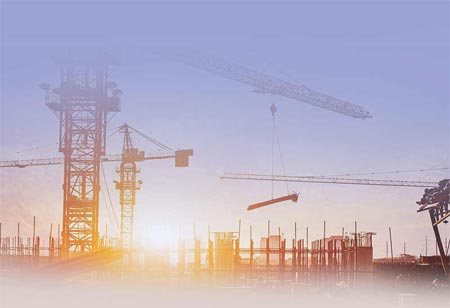Thank you for Subscribing to Construction Business Review Weekly Brief
Specials
- Apartment and Condominium Contractors Canada
- Decking Canada
- Architectural Glass Europe
- MEP APAC
- Construction Saudi Arabia
- German Apartment and Condominium Contractors
- Construction Law APAC
- Outdoor Construction
- Foundation Construction Canada
- MEP Canada
- Kitchen and Bath
- Cold Storage Construction APAC
- Precast Concrete Europe
- Construction Staffing Europe
- Pre-Construction Services
- Flooring System APAC
- Scaffolding Canada
- Swimming Pool Construction Canada
- Construction Management Canada
- Cold Storage Construction Canada
- Flooring Systems Europe
- Residential Construction
- Concrete Canada
- Construction Cladding Europe
- Construction Cladding APAC
- Concretes, Aggregates and Construction Materials APAC
- Concretes, Aggregates and Construction Materials Europe
- Commercial Contractors Europe
- Commercial Contractors APAC
- Dummy
- Construction Insulation, Coating and Waterproofing
- Construction Management APAC
- Landscaping Canada
- Construction Coating Europe
- Construction Tech Startups Europe
- Insulation Services Europe
- Mechanical Contractor Canada
- Mould Remediation and Testing Europe
- Swimming Pool Construction APAC
- Building Sealing Solutions Europe
- Construction Engineering Services
- Mechanical Electrical and Plumbing
- Roofing Systems Europe
- Architectural Glass APAC
- Startups APAC
- Construction Forensic and Owners Representative
- Flooring System
- Waterproofing APAC
- Wall Systems
- Safety and Compliance Europe
- Construction Bidding and Auctions
- Modular and Prefab Construction
- Architectural Glass
- Construction MENA
- Construction Demolition and Recycling Europe
- Modular Construction Europe
- Construction Interiors
- Steel Building APAC
- HVAC
- Doors and windows
- Construction Latam
- Building Information Modeling APAC
- Sustainable Construction APAC
- Building Restoration and Maintenance
- Commercial Contractors
- Specialty Construction
- Construction Engineering Canada
- Construction Engineering MENA
- Modular Construction Canada
- Modular Construction APAC
- Roofing and Siding Systems
- Workforce Management and Staffing
- Roofing Systems APAC
- Construction Consulting
- Steel Building Europe
- Construction Demolition and Recycling APAC
- Safety and Compliance APAC
- Concretes, Aggregates and Construction Materials
- Construction Cladding
Applications of Precast and Pre-stressed Concrete
Precast and pre-stressed concrete elements are valuable civil engineering tools due to their unlimited possibilities and increasing technology.

By
Construction Business Review | Friday, January 27, 2023
Stay ahead of the industry with exclusive feature stories on the top companies, expert insights and the latest news delivered straight to your inbox. Subscribe today.
Precast and pre-stressed concrete elements are valuable civil engineering tools due to their unlimited possibilities and increasing technology.
FREMONT, CA: Modern civil engineering gets benefitted from precast and pre-stressed concrete parts. Casting concrete in a plant and transferring it to the construction site creates these elements. Precast and pre-stressed concrete pieces provide better quality control and longer-lasting buildings. Construction has used precast and pre-stressed concrete materials. Precast and pre-stressed concrete elements now use in buildings, bridges, infrastructure, and transportation. Precision and control during manufacturing are significant features of precast and substantial pre-stressed parts. Engineers can assure element quality and accuracy by casting them in a factory.
Precast and pre-stressed concrete parts speed up construction. Weather and worker competence can change product quality in typical cast-in-place concrete processes. Pre-manufacturing, the elements may be transported and installed rapidly, speeding up the project. Precast and pre-stressed pieces reduce the requirement for on-site casting and curing, saving time and money. Precast and pre-stressed concrete details have drawbacks like any technology. The biggest drawback is that the elements are usually developed for specific uses and may not be suited for projects with unique or complex requirements.
Precast and pre-stressed pieces are hefty and require specialist equipment and staff for shipping and handling. Modern civil engineering projects use precast and pre-stressed concrete components for their strength, durability, and consistency.





